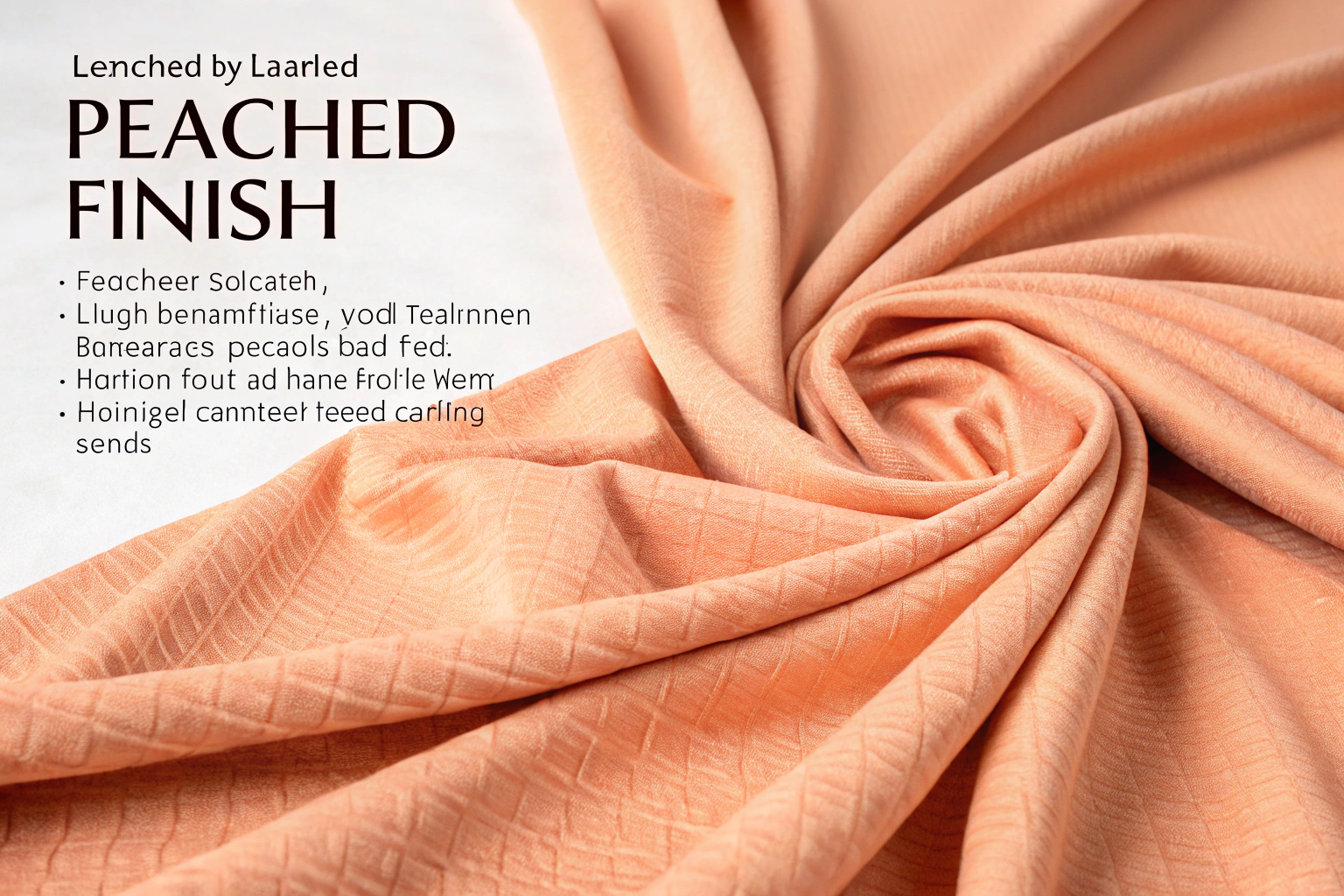As an experienced textile manufacturer based in Keqiao, China's textile capital, we frequently receive technical inquiries about fabric finishes. Among the most common questions from our professional clients concerns the peached finish and its relationship with fabric pilling. This question demonstrates our clients' sophisticated understanding of textile performance characteristics.
A peached finish is a specialized mechanical finishing process where fabric undergoes controlled brushing with rotating cylinders to raise the surface fibers, creating a distinctive peach-skin texture characterized by exceptional softness. This finishing technique is particularly valued in premium apparel segments including luxury loungewear and high-end knitwear where tactile properties are paramount.
Technical Overview of Peached Fabric Finishing
The peached finishing process represents a specialized textile treatment focused on enhancing tactile characteristics. This mechanical finishing operation employs precision-engineered brushing machinery featuring rotating rollers with fine wire bristles that gently abrade the fabric surface. This controlled abrasion liberates microfibers from the yarn structure, generating a uniform surface nap.
The execution demands precise technical parameters. Within our partner finishing facilities, fabrics undergo processing on specialized peaching equipment where machine settings including roller speed and fabric tension are meticulously calibrated. Processing delicate bamboo-derived viscose blends necessitates different parameters compared to treating robust cotton interlock constructions.
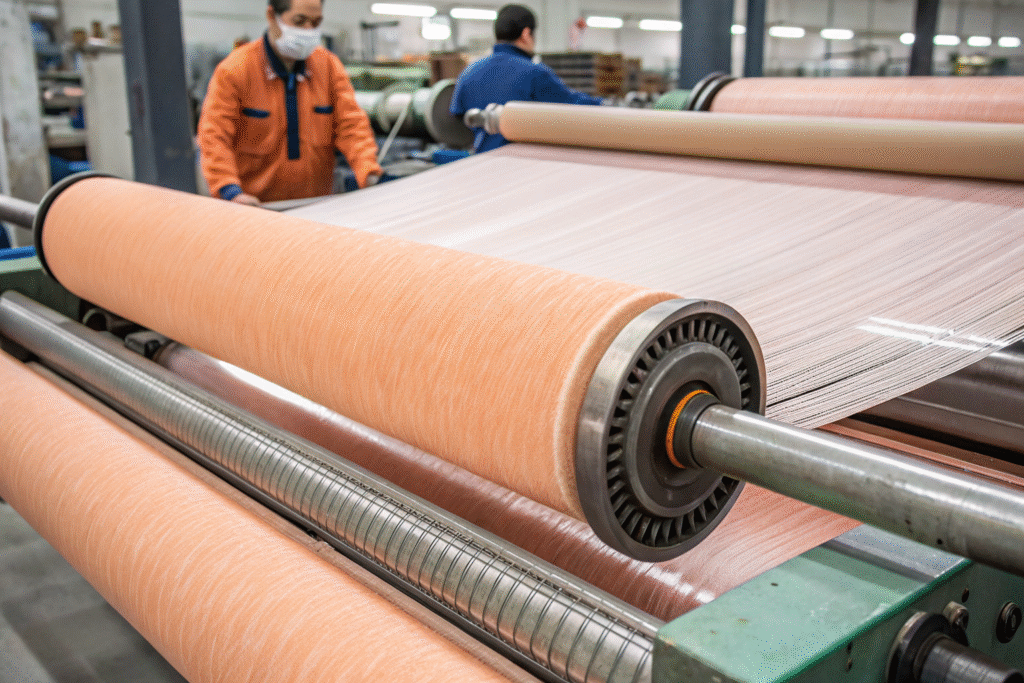
How Does Peaching Differ from Other Surface Treatments?
While all these finishing techniques involve surface modification through abrasion, their technical objectives differ substantially. Peaching generates an ultra-fine, low-profile nap resembling peach skin. Sanding employs more aggressive abrasion, typically using abrasive-coated rollers to create shorter, denser piles often utilized in microdenier fabrics. Conventional brushing operations aim to generate heavier, more pronounced naps for thermal insulation applications.
Which Textile Substrates Optimize Peached Finishing Performance?
The most suitable candidates are fabrics composed of natural cellulosic or regenerated cellulose fibers capable of forming stable surface naps. Our technical team has identified several substrates that yield exceptional results. Long-staple cotton varieties provide superior anchoring for raised surface fibers. Bamboo viscose offers naturally smooth fiber morphology that translates to exceptional softness post-peaching. Lyocell variants demonstrate high wet strength characteristics that produce unique surface properties.
Technical Analysis of Pilling Propensity in Peached Fabrics
The peaching operation itself doesn't generate pills; pilling formation occurs when surface fibers migrate and become entangled through mechanical friction. By elevating surface fibers, peaching increases the population of fibers exposed to abrasive forces, thereby potentially elevating pilling susceptibility if the underlying textile structure lacks appropriate engineering.
The primary determinants of pilling resistance reside in raw material selection and yarn manufacturing parameters. At our manufacturing facilities, we address this through strategic fiber selection prioritizing high-tenacity, long-staple variants. Subsequent spinning under high twist multipliers produces yarn structures with excellent fiber integration. When peaching operations are applied to these optimally engineered substrates, the raised fibers maintain secure anchorage.
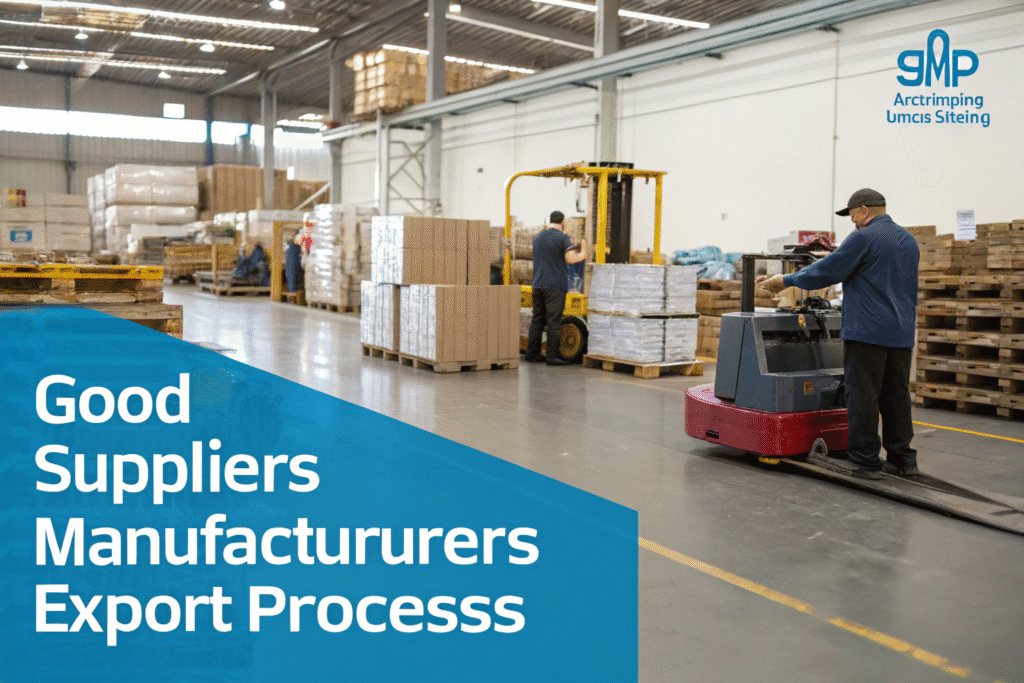
What Substrate Parameters Influence Pilling Resistance?
Pilling resistance represents a multifactorial performance characteristic influenced by numerous substrate parameters. Fiber tenacity plays a crucial role, with high-tenacity fibers demonstrating enhanced resistance to mechanical stress. Yarn twist multipliers significantly impact fiber integration within the yarn structure. Fabric construction density in woven or knitted structures limits fiber mobility and subsequent pilling formation.
What Manufacturing Strategies Mitigate Pilling?
We implement multiple strategies to ensure durable peached finishes. Our methodology begins with substrate selection, prioritizing engineered materials including long-staple organic cotton. Additionally, we implement pre-peaching operations including singeing to remove protruding fibers. Specialized chemical finishes including anti-pilling agents enhance fiber-to-fiber cohesion. Our quality assurance protocol includes standardized testing using Martindale abrasion testers to verify performance against international standards.
Standardized Testing Methodologies for Pilling Evaluation
Professional textile evaluation requires standardized testing methodologies to ensure reproducible results. The industry-standard approach for pilling assessment is the Martindale test method. In our certified laboratory, circular fabric specimens undergo controlled multidirectional abrasion against standard abradant materials under specified pressure conditions. The number of cycles sustained before observable pilling develops provides quantitative performance data.
Complementary methodology includes the Random Tumble Pilling Tester, where fabric samples tumble randomly with cork liners inside cylindrical chambers, simulating actual wear conditions. We routinely provide these standardized test reports to quality-conscious buyers who require objective performance data for their technical specifications. This empirical data transforms subjective handfeel assessments into quantifiable performance metrics.
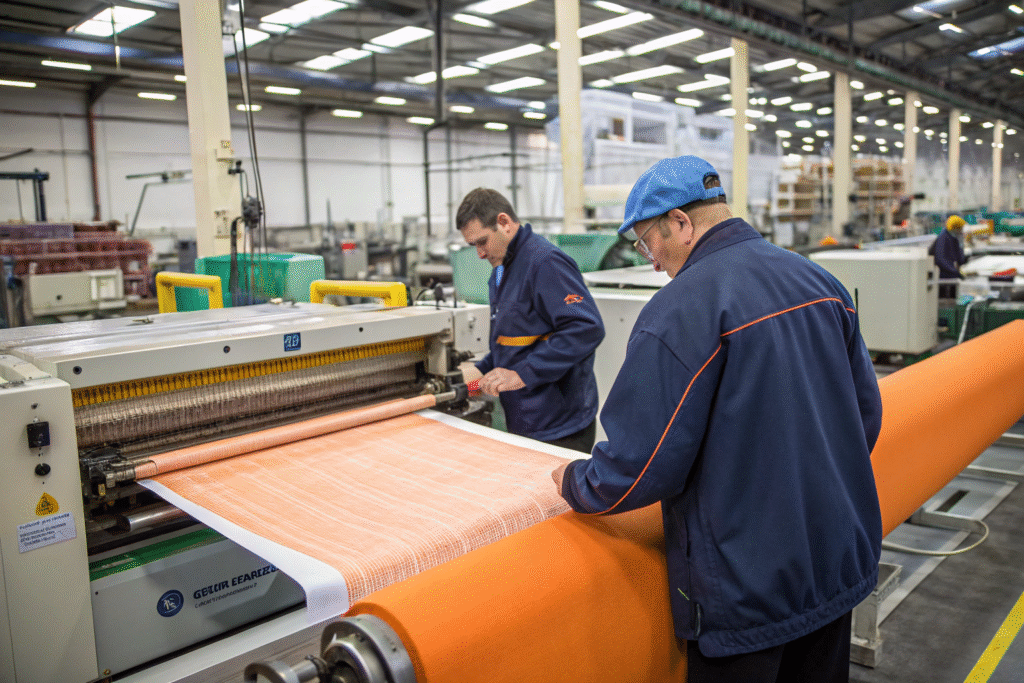
How is Martindale Testing Conducted and Interpreted?
The Martindale tester subjects fabric specimens to circular rubbing motion in Lissajous figures under predetermined pressure. Testing continues until specimen failure or predetermined cycle count. Results include photographic standards for pilling evaluation on standardized scales. For peached fabrics targeting the apparel market, we typically target performance levels aligning with major brand technical specifications.
Why is Pre-Production Validation Critical?
Pre-production validation through standardized testing represents essential risk mitigation in technical textile sourcing. By evaluating prototype fabrics before bulk production commitment, buyers can identify potential performance issues at the development stage. This proactive approach prevents costly production errors and protects brand integrity. For international buyers managing complex supply chain logistics, first-time quality achievement is critical for maintaining operational efficiency.
Recommended Care Protocols for Peached Textiles
Proper maintenance represents the final critical factor in preserving peached fabric performance. Even optimally engineered peached textiles may develop pilling if subjected to improper care regimens. The fundamental principle involves minimizing mechanical abrasion during cleaning processes. Always invert garments before laundering to protect the finished surface from direct abrasion. Employ cold water temperatures and gentle wash cycles with minimal mechanical action.
Regarding drying methodologies, air drying represents the optimal approach. If machine drying is necessary, employ low-temperature settings, as excessive heat can induce thermal stress on raised fibers. Should pilling occur, specialized tools including fabric shavers can safely remove fiber agglomerations without damaging the substrate integrity.
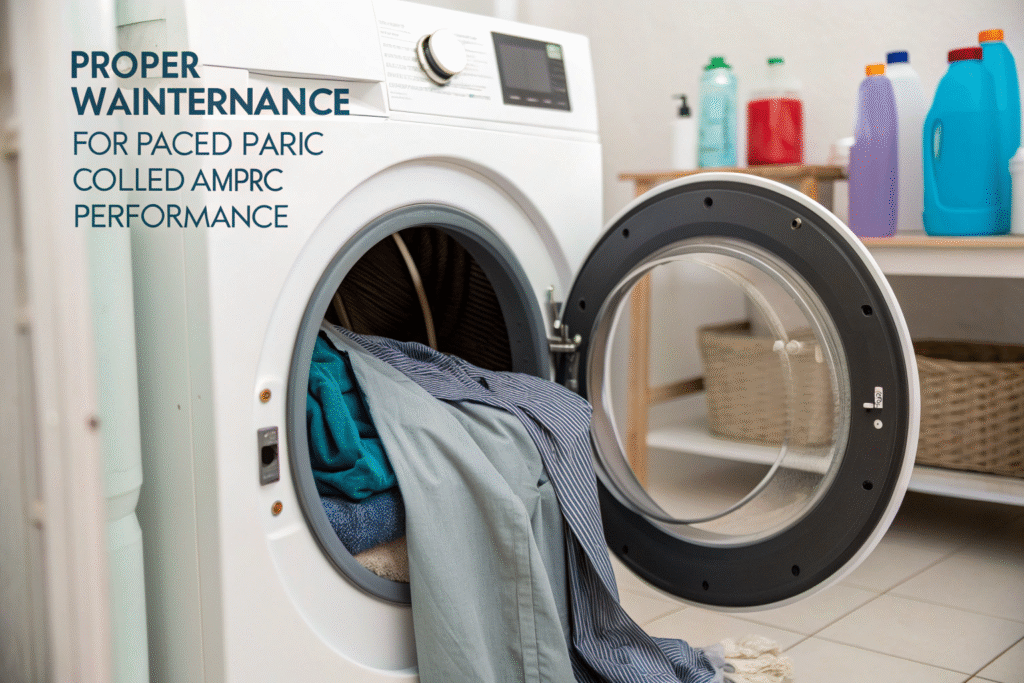
What Laundering Parameters Optimize Longevity?
To maintain optimal performance characteristics, implement these care protocols. Garment inversion protects the delicate peached surface from direct abrasion. Cold water temperature minimizes fiber stress and dimensional changes. Gentle cycle selection reduces mechanical action that displaces surface fibers. Mild detergent formulations avoid chemical degradation of fiber structures.
Can Pilling Remediation Be Performed Safely?
Pilling removal can be safely executed using appropriate methodology. Specialized depilling tools featuring protective guards and precision cutting mechanisms effectively remove fiber agglomerations while preserving substrate integrity. Application requires gentle pressure and controlled movement to avoid cutting base fabric. For particularly delicate constructions including peached silk blends, manual alternatives including fabric combs may provide safer alternatives.
Conclusion
Peached finishing represents a sophisticated textile processing technique that elevates fabric handfeel to premium levels. While the process increases surface fiber exposure and may influence pilling propensity, the fundamental determinants of pilling resistance reside in substrate engineering parameters including fiber selection and fabric construction.
For brands seeking to develop technically advanced apparel collections featuring premium peached finishes, our organization offers comprehensive technical capabilities from fiber selection through finished fabric production. Our expertise ensures delivery of textiles meeting rigorous performance specifications. For professional consultation regarding your specific technical requirements, please contact our Business Director, Elaine, at elaine@fumaoclothing.com for detailed technical discussion.

